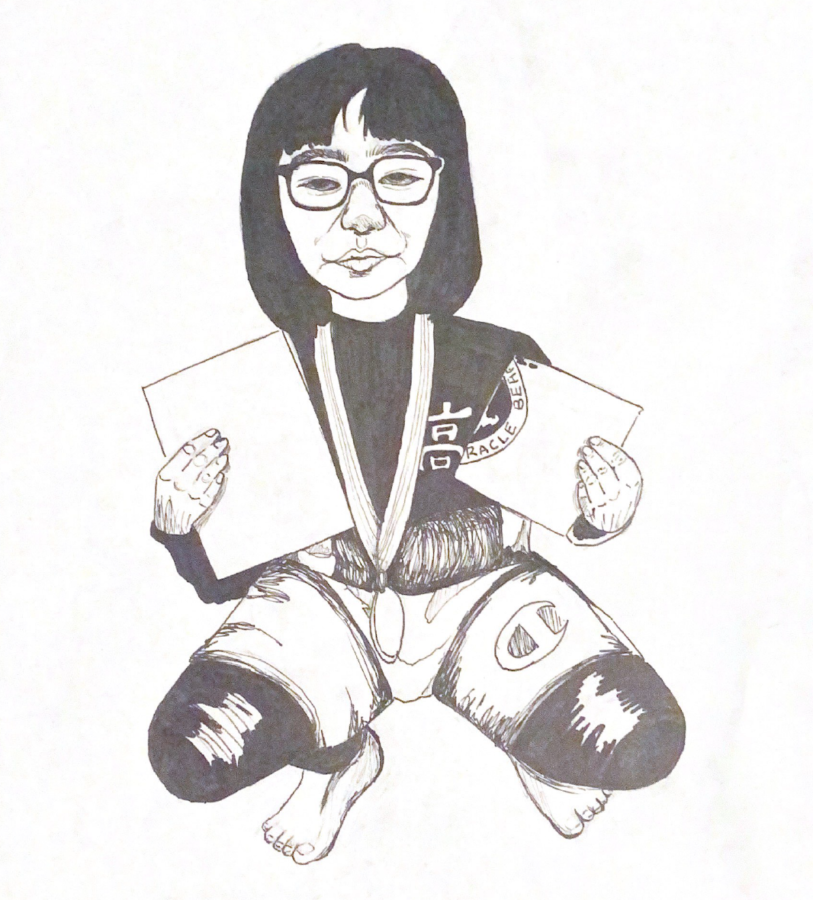Reject Tradition, Embrace Modernity
How one of Japan’s most ancient sports is adapting to modern times.
As a 2,000 year old sport often watched by the Japanese Imperial family, you would think sumo wrestling would be highly respected and fairly popular. Unfortunately, the West has long since made a mockery of it with racist caricatures and parodies. Even in Japan, the sport is fighting a losing battle over viewership with the nation’s two other major spectator sports, baseball and soccer.
Sumo itself is a type of wrestling that involves forcing your opponent either out of the ring or to the ground. There are no weight classes, and there are just five prohibited acts: hair pulling, eye gouging, punching, choking, and crotch grabbing. As recently as January 2022, Japan’s Sumo Association has attempted to appeal to a younger audience by partnering with companies like Pokémon, painting the sport in a more positive and family-friendly light. Additionally, young women in Japan have started to take up the sport. Women’s involvement in sumo traces back to the eighth century, when minor female officials of the Imperial court would be called upon to perform sumo. Unfortunately, women have only been able to compete in amateur leagues since 1997.
Traditionally, women weren’t allowed in the ring, as they were considered impure in Shinto beliefs, a Japanese religion that originated in the 8th century. In 2018, Mayor Ryozo Tatami of Maizuru city was delivering a speech during a sumo tournament when he suffered a stroke in the ring. Female medics were ordered out of the sumo ring when they attempted to assist him. Japan’s Sumo Association apologized for the incident. Many were outraged by the decision, and felt that it represented just how out of touch sumo was.
Despite these obstacles, the girls that are allowed to compete in the sport show exceptional talent. Senna Kajiwara, age 12, has practiced sumo and judo since she was four. She now defends her title of champion of an inaugural national tournament held for girls.
“There are some people who don’t get why I do sumo, but I’m not bothered by what they think. If you want to do sumo, you should do it,” Kajiwara said in an interview with CNN.
Although her can-do attitude is admirable, there’s still much work to be done in terms of gender equality. There are currently just six female sumo clubs in Japan, with just one girl participating for every 300 boys. The tournament that Kajiwara herself participated in only opened to girls in 2019, over 30 years after it opened for boys of the same age. The exclusionary practices in sumo wrestling betray a deeper issue prevalent in Japanese society: unbending traditionalism.
Yulia Skogoreva, a professional photographer based in Tokyo, has been working with young women who practice sumo over the past couple of years. Having lived in Japan for over 10 years, she knows that, “The traditions in Japan are complicated…when people come and visit the country, this is part of why they love it so much, because so much of that tradition is still intact. But there’s also the question of gender equality, and can we figure out a way to have both?”




